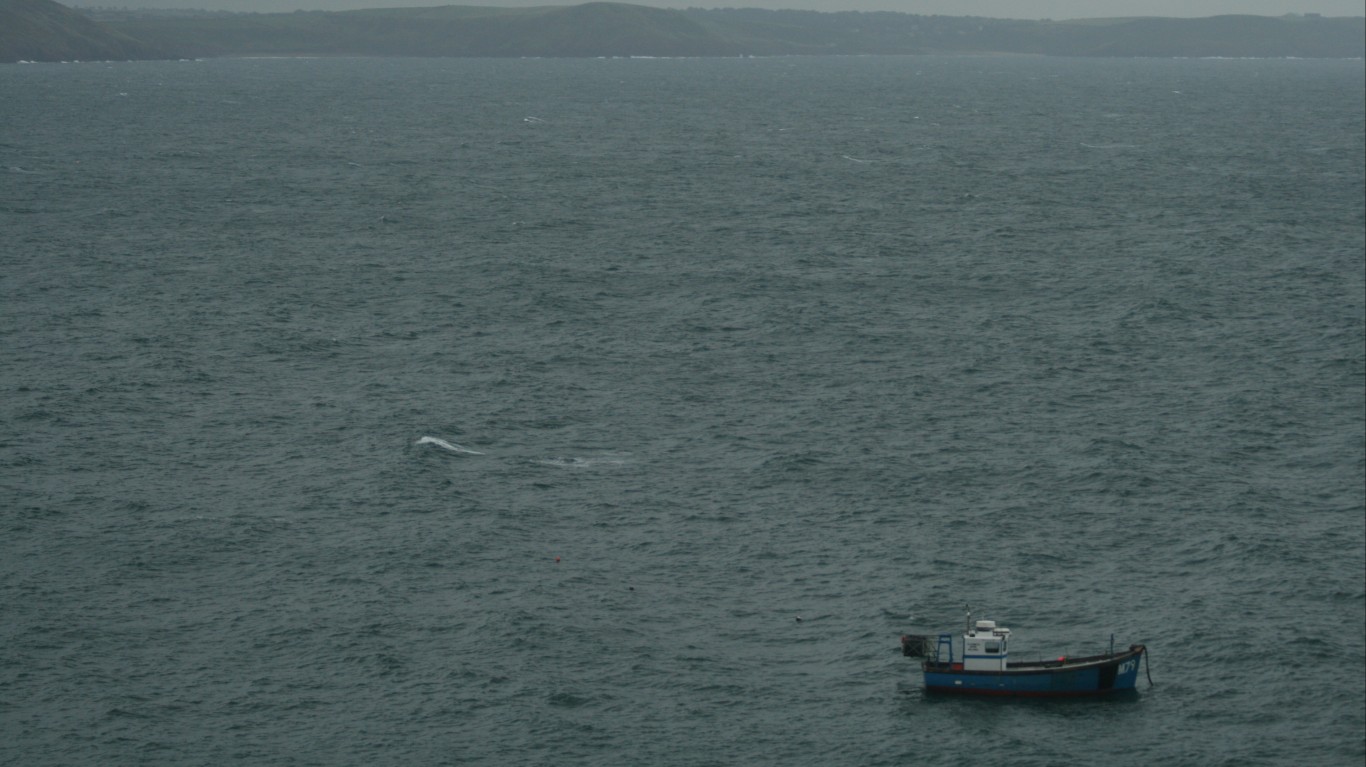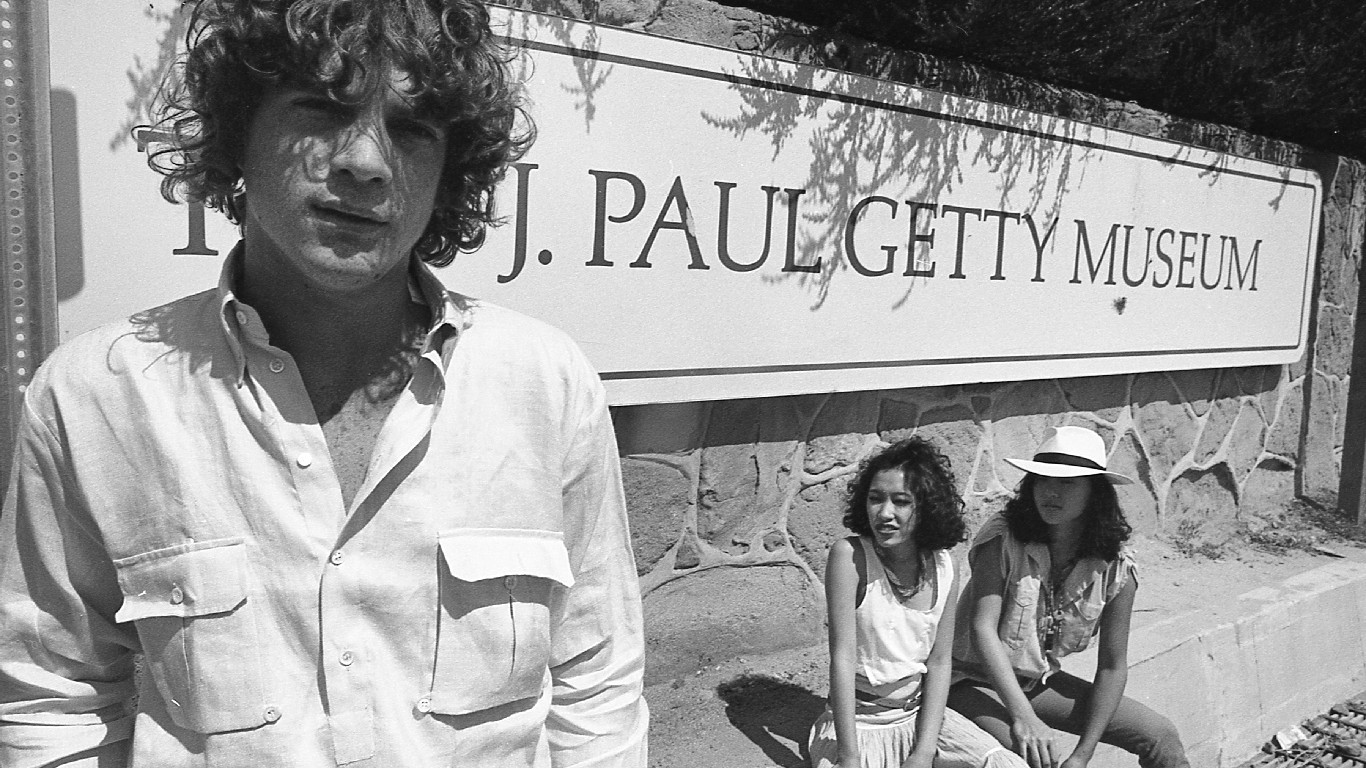
As one of the oldest-known strategies for quick wealth accumulation, holding individuals for ransom carries inherent elements of danger and desperation. Implicit in this act is the menacing threat of harm or even loss of life, sparing no one, not even heads of state, from its reach. The potential financial gain can be substantial, provided one manages to evade capture.
To determine the biggest ransoms ever paid, 24/7 Tempo gleaned information from Guinness World Records and archived news articles about kidnappings from media sources.
Many of the most significant ransom payments in history occurred during the 1970s, a decade marked by a disturbing surge in kidnapping incidents. A significant portion of these kidnappings transpired in Argentina, a nation grappling with both insurgent leftist guerrillas and rampant inflation, which was devastating the livelihoods of its working-class citizens. These guerrillas abducted foreign business executives, demanding ransoms they claimed would be distributed to the working class. Tragically, some of these ransom situations concluded in violent confrontations.
The offspring of affluent and prominent individuals were also prime targets during that era. Among these victims were John Paul Getty III, the grandson of oil magnate John Paul Getty; Sam Bronfman, the scion of Seagram’s distillery owner Edgar Bronfman; and Patty Hearst, heiress to the Hearst media empire.
The audacity displayed by those who engage in abduction for financial gain is quite remarkable. Notably, the infamous Hong Kong mobster “Big Spender” Cheung Tze-keung kidnapped two wealthy Hong Kong business figures in the 1990s and even sought advice from one victim’s father on how to invest the ransom money. (Ultimately, “Big Spender” paid the ultimate price for his actions.)
More recently, the largest ransoms have shifted to the high seas. Two of the incidents on our list involve Somali pirates who seized oil supertankers in the Indian Ocean. However, it appears that such acts are on the decline. In 2021, maritime piracy and armed-robbery attacks reached their lowest recorded level since 1994, with 132 reported incidents, as per the annual report of the ICC International Maritime Bureau. In contrast, the previous year witnessed 195 instances of piracy and armed robbery worldwide. (Read about the most infamous pirates in history.)
Click here to see the biggest ransoms ever paid

Kidnapping of King Richard the Lionheart
> Year of kidnapping: 1190
> Victim’s occupation: King of England
> Ransom amount: 150,000 marks ($3.3 billion in today’s money)
> Kidnapper: Leopold V, Duke of Austria
King Richard the Lionheart, part monarch and part myth, left England to fight in the Third Crusade to try to expel Saladin and the Muslims from the Holy Land. He failed to do so, and on his return to Europe, kings and assorted leaders conspired against him and blocked routes to his homeland. Richard was shipwrecked along the Adriatic Sea and eventually became a prisoner of Leopold V, Duke of Austria. It cost one-fourth of every man’s annual pay in England to release him. Richard returned to England in March 1194.
[in-text-ad]

Kidnapping of Atahualpa
> Year of kidnapping: 1532
> Victim’s occupation: Last emperor of the Incas
> Ransom amount: A hall full of gold and silver (estimated $1.5 billion in today’s money)
> Kidnapper: Francisco Pizarro (Spanish conquistador)
Atahualpa was the last Inca emperor. He had ascended the throne after a bloody succession battle with his brother, Waskar. The internecine conflict left the Inca empire weakened, so when the conquistador Francisco Pizarro arrived with Spanish troops, his superior weaponry and tactics defeated a much larger Incan force. Atahualpa was captured and Pizarro demanded ransom of Inca gold and silver. After tribute was paid, Atahualpa was executed.
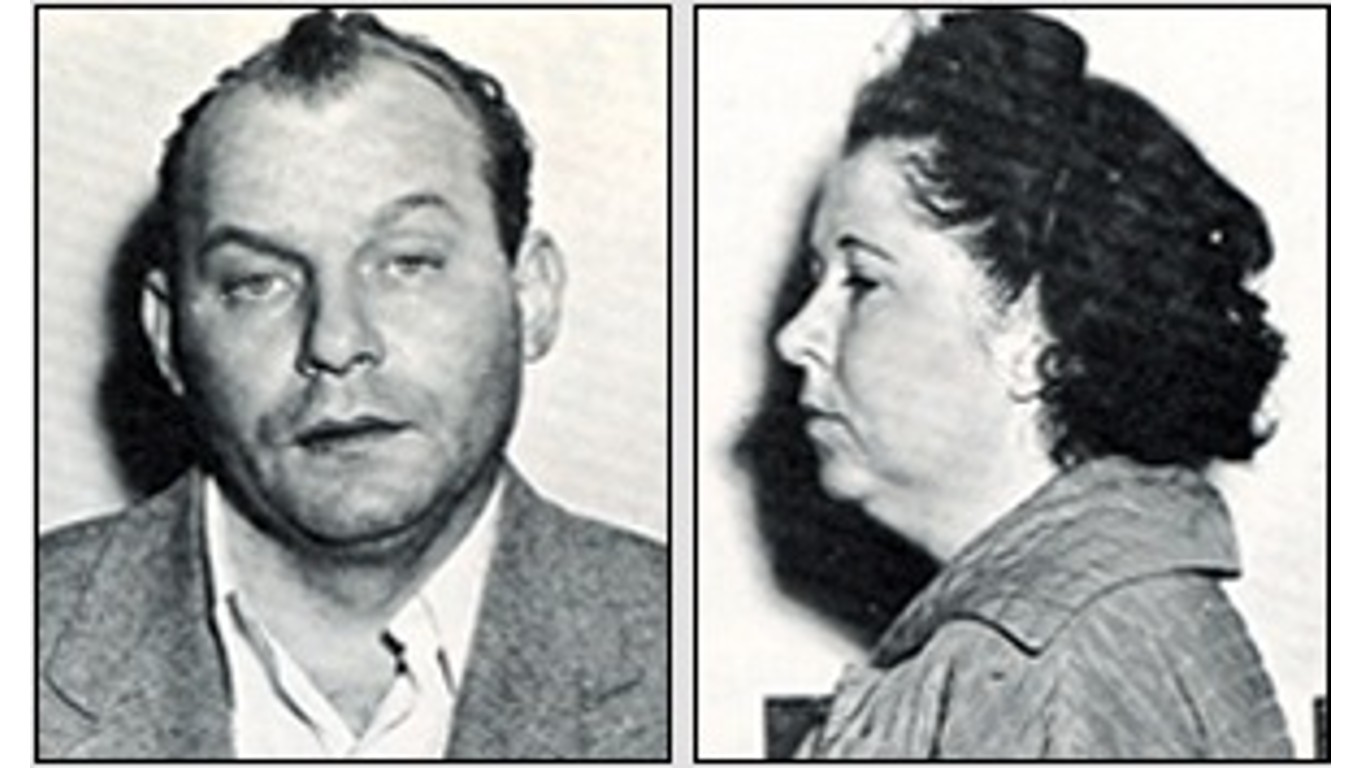
Kidnapping of Bobby Greenlease Jr.
> Year of kidnapping: 1953
> Victim’s occupation: Son of one of Kansas City’s richest men
> Ransom amount: $600,000 ($6.3 million in today’s money)
> Kidnapper: Carl Austin Hall and Bonnie Brown Heady
The kidnapping of Bobby Greenlease Jr., the son of a wealthy Kansas City car dealer, ended tragically, becoming one of the most infamous abductions in U.S. history. On Sept. 28, 1953, Bonnie Brown Heady went to the 6-year-old boy’s school pretending to be his aunt and told the school’s administrators the boy’s mother was sick and she had come to pick him up. Heady and fellow accomplice Carl Austin Hall shot the boy to death shortly after the abduction. They demanded $600,000 and sent six ransom notes over the next week. A tip from a cab driver in St. Louis led the FBI to the kidnappers, who were both caught and eventually executed.

Kidnapping of Ronald Grove
> Year of kidnapping: 1972
> Victim’s occupation: Top employee at Vestey meat packing company
> Ransom amount: $1 million ($6.7 million in today’s money)
> Kidnapper: Argentine guerrillas
British meat-packing company executive Ronald Grove was grabbed by Argentine guerrillas in December 1972 on his way to a golf outing in Buenos Aires. He was freed 10 days later after the company paid the ransom.
[in-text-ad-2]

Kidnapping of Vincenzo Russo
> Year of kidnapping: 1972
> Victim’s occupation: ITT executive
> Ransom amount: $1 million ($6.7 million in today’s money)
> Kidnapper: Montoneros (Argentine terrorist group)
The Argentine terrorist group Montoneros abducted Vincenzo Russo, an executive at a subsidiary of Italian telecom ITT, and held him for ransom for $1 million in 1972.
Kidnapping of Virginia Piper
> Year of kidnapping: 1972
> Victim’s occupation: Wife of retired investment banker Harry C. Piper
> Ransom amount: $1 million ($6.7 million in today’s money)
> Kidnapper: Unknown
Two armed men wearing ski masks broke into the Orono, Minnesota, home of socialite Virginia Piper, the wife of investment banker Harry Piper, and kidnapped her in July of 1972. Harry Piper personally delivered the $1 million ransom money. Two days later, Virginia Piper was found in a state park, handcuffed and chained to a tree. Sixteen days before the expiration of the statute of limitations on kidnapping, two men were arrested and then convicted but the verdict was overturned on appeal. They were acquitted in a second trial. No one else was ever charged with the crime and the $1 million was never recovered.
[in-text-ad]

Kidnapping of Anthony Da Cruz
> Year of kidnapping: 1973
> Victim’s occupation: Kodak executive
> Ransom amount: $1.5 million ($9.5 million in today’s money)
> Kidnapper: Argentine guerillas
In April of 1973, Kodak executive Anthony R. da Cruz, a Portuguese-born United States citizen, was kidnapped on his way to work just outside Buenos Aires by the People’s Revolutionary Army. He was not harmed by his captors and was released several days later after Kodak paid the ransom.
Kidnapping of Francis Brimicombe
> Year of kidnapping: 1973
> Victim’s occupation: British businessman
> Ransom amount: $1.7 million ($10.8 million in today’s money)
> Kidnapper: ERP revolutionary group
Argentine terrorists grabbed Francis Brimicombe, president of Argentina’s largest cigarette company, a subsidiary of the British-American Tobacco Co., as he was returning home from playing golf in Buenos Aires in April of 1973. He was released unharmed several days later after a ransom estimated at between $1.5 and $1.8 million was paid.

Kidnapping of John Paul Getty III
> Year of kidnapping: 1973
> Victim’s occupation: Grandson of the oil baron John Paul Getty
> Ransom amount: $2.2 million ($13.9 million in today’s money)
> Kidnapper: Italian mafia
John Paul Getty III, grandson of oil tycoon John Paul Getty, was kidnapped by Italian mobsters in Rome in July 1973 and held for a $17 million ransom. His grandfather balked at paying, but when his grandson’s severed ear was sent to a newspaper, the older Getty relented and negotiated a payment of $2.2 million – the maximum amount he could deduct on his taxes. John Paul Getty III was found alive at a gas station in December of 1973. Nine of his kidnappers were caught and two were convicted. The Getty story was made into a movie, “All the Money in the World,” in 2017.
[in-text-ad-2]

Kidnapping of Charles Lockwood
> Year of kidnapping: 1973 and 1975
> Victim’s occupation: Steel company director
> Ransom amount: $2 million and $10 million ($12.7 million and $63.3 million, respectively, in today’s money)
> Kidnapper: ERP revolutionary group
British executive Charles Lockwood had the unlucky distinction of being kidnapped twice in Argentina. The first time in 1973 he was held for 54 days and released after his captors received $1 million in ransom. In July of 1975, he was grabbed on his way to work by the same leftist guerrillas. They shot and wounded two of his bodyguards and demanded $10 million. Lockwood was rescued by policemen who killed four guerrillas in a shootout.

Kidnapping of John R. Thompson
> Year of kidnapping: 1973
> Victim’s occupation: President of Firestone
> Ransom amount: $3 million ($19 million in today’s money)
> Kidnapper: ERP revolutionary group
Firestone Tire & Rubber Co. executive John R. Thompson was abducted by the ERP – People’s Revolutionary Army – in Buenos Aires, in June of 1973 on his way to his office. He had been the fifth American executive kidnapped in Argentina in 1973. The guerrilla group asked for, and got, about $3 million, and Thompson was freed two-and-a-half weeks later.
[in-text-ad]

Kidnapping of Patty Hearst
> Year of kidnapping: 1974
> Victim’s occupation: Heiress to the Hearst media conglomerate
> Ransom amount: $6 million ($34.2 million in today’s money)
> Kidnapper: Symbionese Liberation Army (Left-wing militants)
In one of the most famous kidnapping cases in U.S. history, Patty Hearst, heiress to the Hearst media fortune, was grabbed by the radical Symbionese Liberation Army in February of 1974. In lieu of cash ransom, the SLA demanded $70 worth of food be delivered to every needy Californian, which would have cost about $400 million (about $2.3 billion today). The Hearst family countered with a donation of food worth $2 million (about $11.4 million today) in the Bay Area. The SLA asked for another $6 million more in food, but this was never delivered.
During that time, the group brainwashed Hearst and she joined them. She took the nom de guerre Tania, and even participated in bank robberies. This was one of the first examples of Stockholm syndrome, in which kidnapped victims sympathize with their captors. The SLA’s leader and five members of the group were killed by police on May 17. Hearst eluded capture for more than a year but was eventually arrested in September of 1975. She was found guilty of bank robbery and sentenced to seven years. President Carter commuted her sentence after she served 21 months.

Kidnapping of Victor Samuelson
> Year of kidnapping: 1973
> Victim’s occupation: Refinery manager at Esso Argentina
> Ransom amount: $14.2 million ($69.4 million in today’s money)
> Kidnapper: ERP revolutionary group
Victor Samuelson, a refinery manager at the Exxon unit of Esso Argentina, was kidnapped by the People’s Revolutionary Army in December of 1973. After Exxon paid the ransom in March of 1974, Samuelson was freed on April 29.
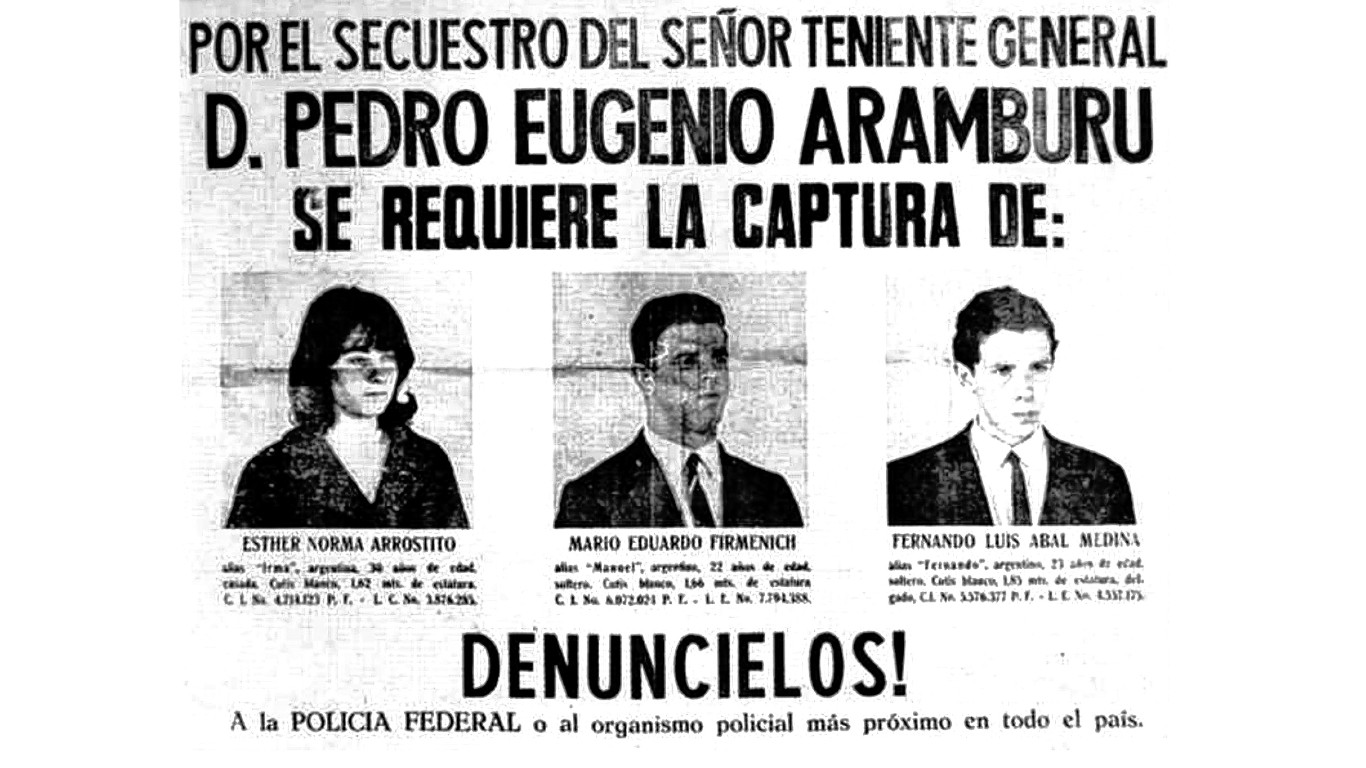
Kidnapping of Jorge and Juan Born
> Year of kidnapping: 1974
> Victim’s occupation: Grain traders
> Ransom amount: $60 million ($293 million in today’s money)
> Kidnapper: Montoneros (Argentine terrorist group)
Left-wing guerrilla groups were very active in South America in the 1970s. Among them were the Argentine terrorists the Montoneros, a spinoff of the Peronist movement. They abducted brothers Jorge and Juan Born, wealthy grain traders, in September of 1974, and held them for several months before the ransom was paid. A driver and business associate were killed during the abduction. Mario Firmenich, leader of the group, fled the country, living in various places in Europe and Latin America before being captured in Brazil and extradited to Argentina. In 1987, he was found guilty in the kidnapping-murder case and sentenced to life in prison, but was pardoned in 1990. He is now a history teacher at the University of Barcelona.
[in-text-ad-2]

Kidnapping of Samuel Bronfman II
> Year of kidnapping: 1975
> Victim’s occupation: Heir to the Seagram distillery company
> Ransom amount: $2.3 million ($12 million in today’s money)
> Kidnapper: A former limo driver and a fireman
The kidnapping of Samuel Bronfman II, heir to the Seagram’s distillery fortune, was one of the most sensational episodes of the 1970s. He was abducted by two men who vowed to kill Bronfman’s father with cyanide bullets if the plan went awry. After the men were caught, they were cleared of kidnapping based on the testimony of one of the defendants, Mel Patrick Lynch, who said he and Samuel Bronfmam were lovers and that the younger Bronfman staged the abduction. In 2021, Peter DeBlasio, attorney for Lynch co-defendent Dominic Byrne, published a memoir in which he admitted that he’d known the defense strategy to be based on a lie.

Kidnapping of Enrique Metz
> Year of kidnapping: 1975
> Victim’s occupation: Mercedes Benz executive
> Ransom amount: $5 million ($26.1 million in today’s money)
> Kidnapper: Montoneros (Argentine terrorist group)
Left-wing Argentine terrorists the Montoneros used coercive tactics to force companies to accept large wage demands from radical unionists. In 1975, the group grabbed Enrique Metz, an executive with Mercedes-Benz, and held him for two months until the ransom was paid. The Montoneros also forced Mercedes-Benz to reinstate more than 100 workers who had been fired.
[in-text-ad]
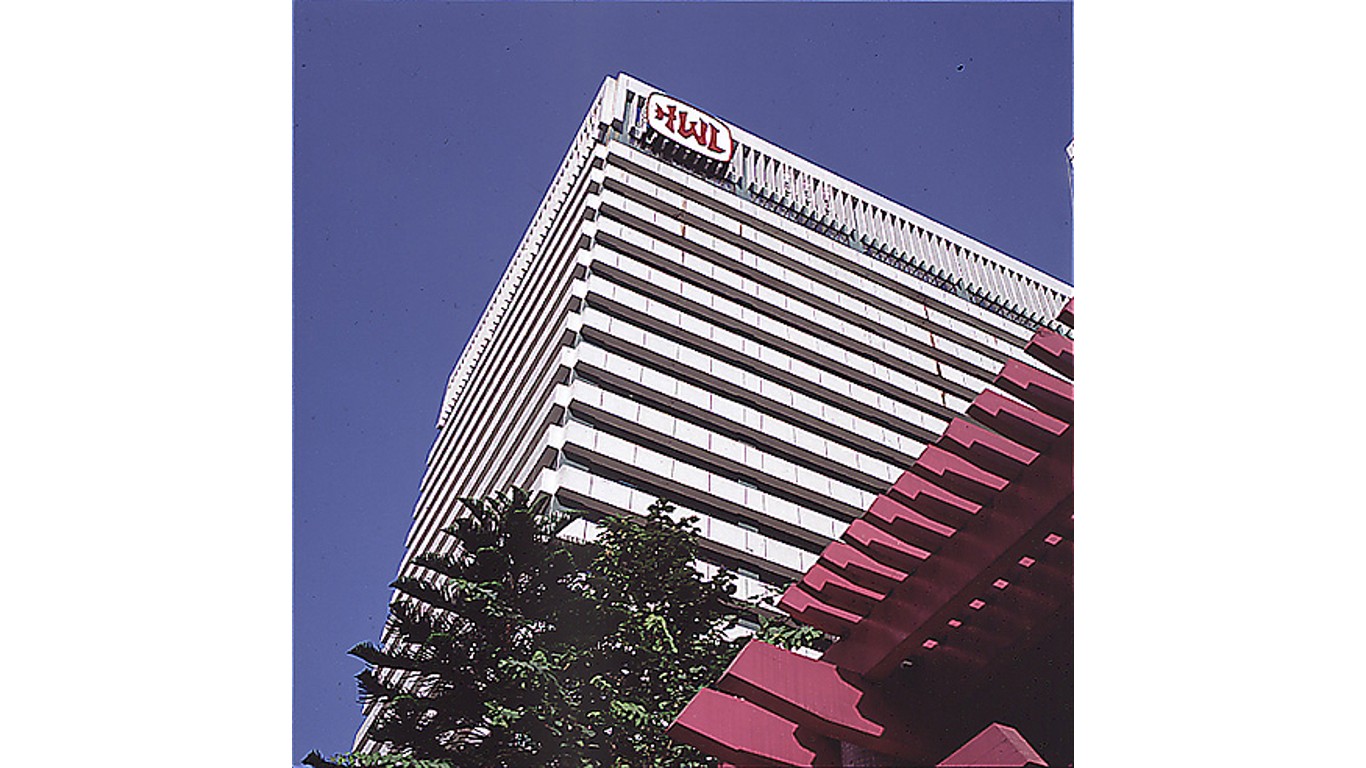
Kidnapping of Victor Li
> Year of kidnapping: 1996
> Victim’s occupation: Son of the Hong Kong tycoon Li Ka Shing
> Ransom amount: $134 million ($240 million in today’s money)
> Kidnapper: “Big Spender” Cheung Tze-keung
Victor Li, the son of Hong Kong business mogul Li Ka Shing, was kidnapped by notorious Hong Kong mobster Cheung Tze-keung, nicknamed “Big Spender” for his profligate spending and gambling. Victor Li was released reportedly after one night. After the ransom was paid, the nervy gangster phoned Li Ka Shing seeking advice on how to invest the money.

Kidnapping of Walter Kwok
> Year of kidnapping: 1997
> Victim’s occupation: Son of one of China’s richest businessmen
> Ransom amount: $77 million ($134.8 million in today’s money)
> Kidnapper: “Big Spender” Cheung Tze-keung
Cheung Tze-keung made a specialty of kidnapping the sons of tycoons. After he’d taken Victor Li the previous year, Cheung abducted Hong Kong developer Walter Kwok – son of Kwok Tak-seng of Sun Hung Kai Properties – in September 1997 and held him in a hut for a week, beating him when he refused to contact his family before the ransom was paid. Cheung was eventually caught, tried, and executed.
Kidnapping of the crew of the Maran Centaurus
> Year of kidnapping: 2009
> Victim’s occupation: Greek-owned oil tanker
> Ransom amount: $7 million ($9.2 million in today’s money)
> Kidnapper: Somali pirates
The 28-member crew of the Greek-owned oil tanker Maran Centaurus was released in January of 2010 after ransom was paid. The U.S.-bound vessel carrying 2 million barrels of crude was grabbed by Somali pirates about 762 miles off the Somali coast in November of 2009.
[in-text-ad-2]

Kidnapping of the crew of the Samho Dream
> Year of kidnapping: 2010
> Victim’s occupation: A South Korean oil tanker
> Ransom amount: $9.5 million ($11.6 million in today’s money)
> Kidnapper: Somali pirates
Somali pirates were paid a record ransom for the release of the 24-person crew of the South Korean oil supertanker Samho Dream. The Marshall Islands-flagged vessel was carrying a reported $170 million worth of crude from Iraq to the United States when it was hijacked in early April in the Indian Ocean.
Are You Ahead, or Behind on Retirement? (sponsor)
If you’re one of the over 4 Million Americans set to retire this year, you may want to pay attention.
Finding a financial advisor who puts your interest first can be the difference between a rich retirement and barely getting by, and today it’s easier than ever. SmartAsset’s free tool matches you with up to three fiduciary financial advisors that serve your area in minutes. Each advisor has been carefully vetted, and must act in your best interests. Start your search now.
Don’t waste another minute; get started right here and help your retirement dreams become a retirement reality.
Thank you for reading! Have some feedback for us?
Contact the 24/7 Wall St. editorial team.

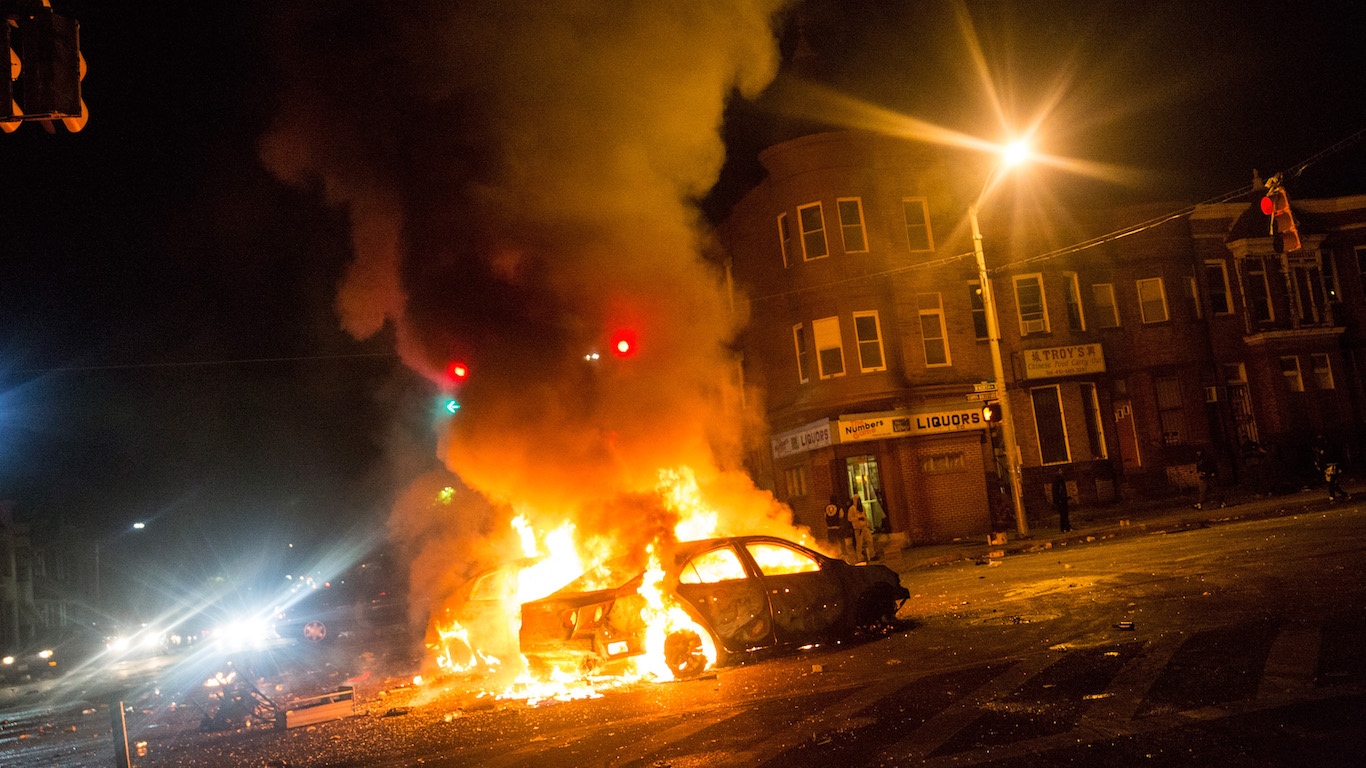 24/7 Wall St.
24/7 Wall St.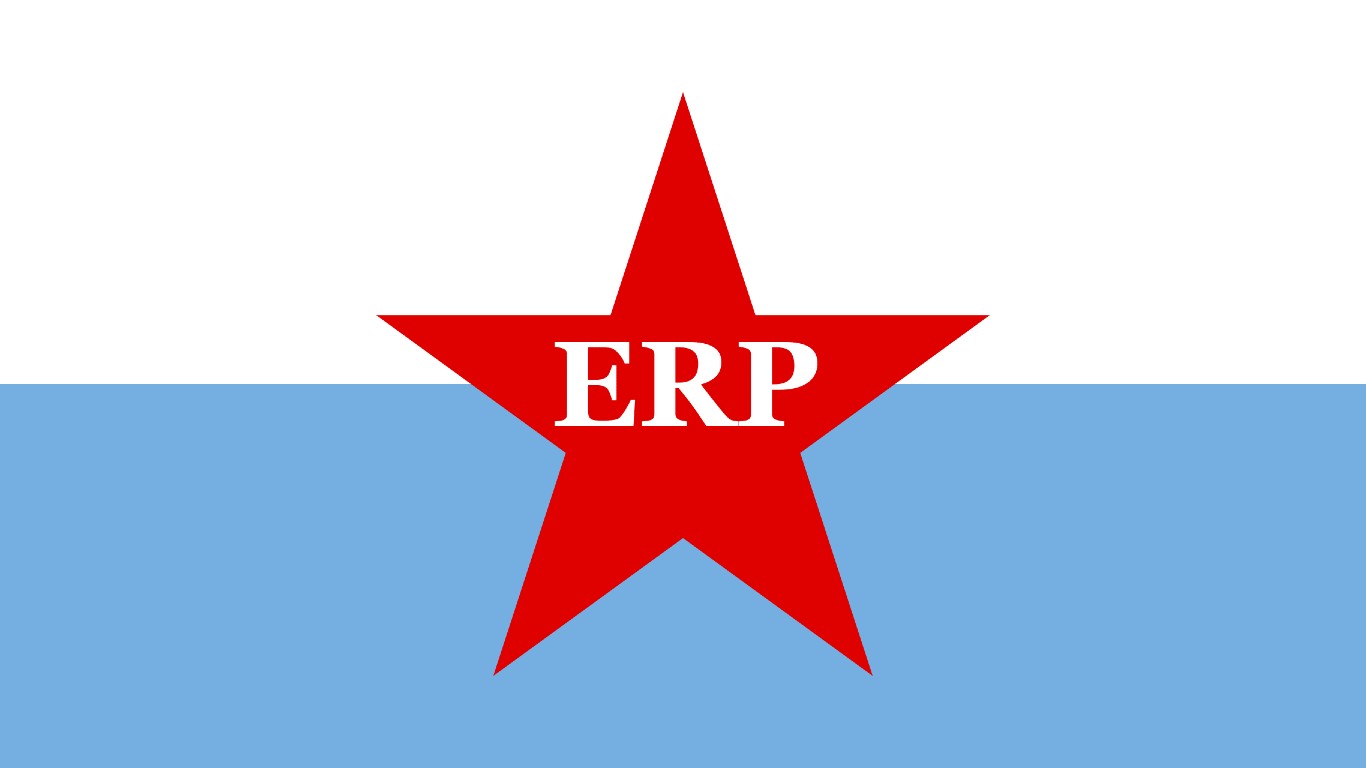
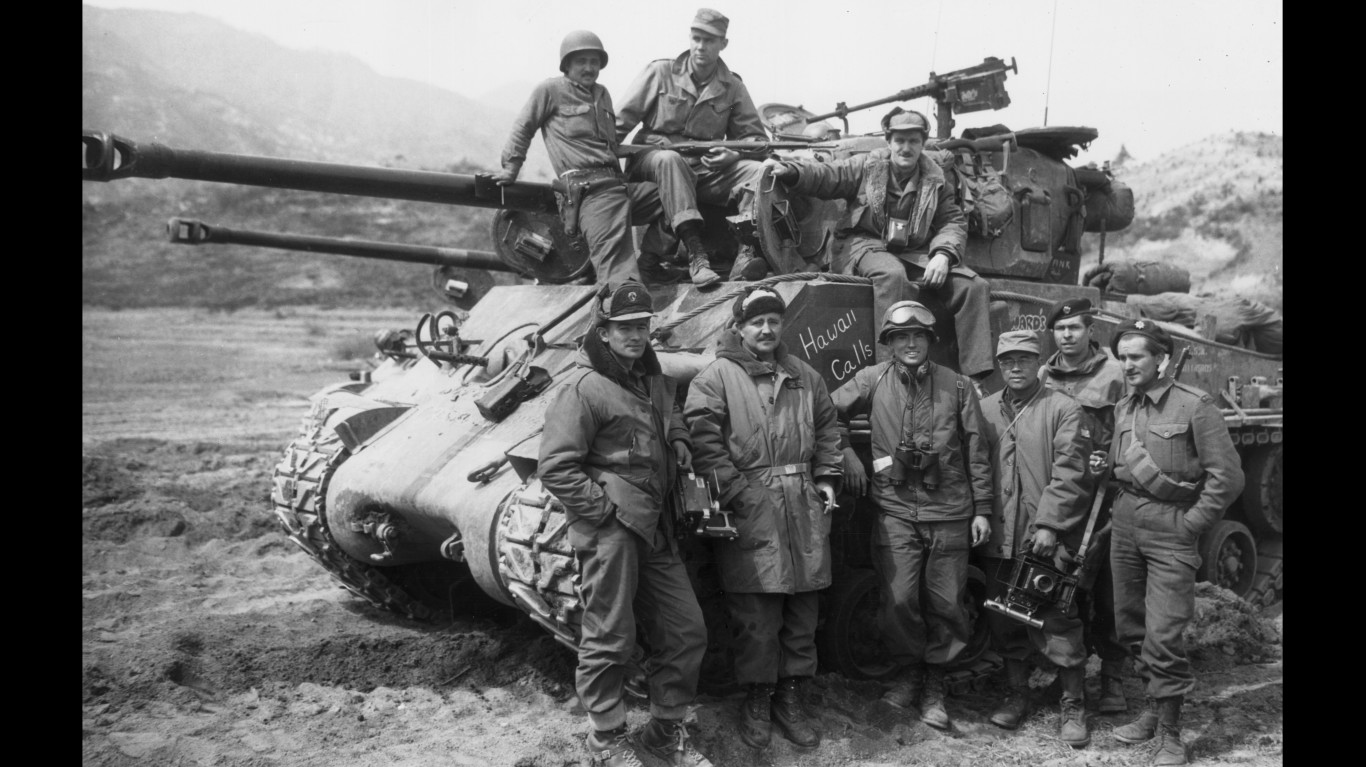 24/7 Wall St.
24/7 Wall St.